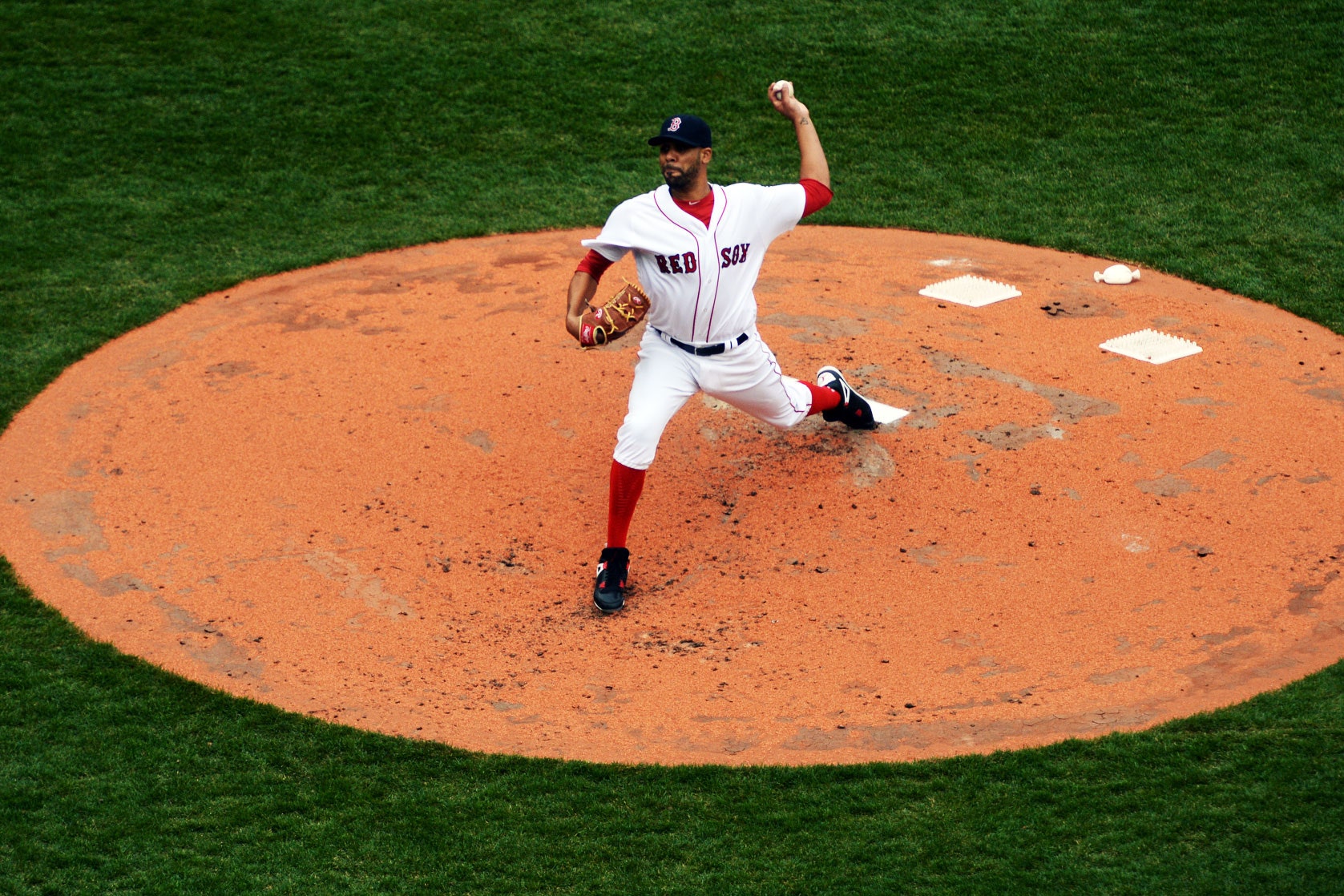
Can You Strike Out a Major League Baseball Player by Pitching Super Slow?
For a fast-moving baseball, like at 90 miles per hour, the air drag can make the ball drop about 10 centimeters compared to a ball without drag. That can be quite a bit when you are trying to throw a strike. At slower speeds, the air drag won't have as much of an effect, but I'm going to keep it in there just to make things fun.
Second: What about curveballs? By putting a certain spin on the ball, the pitcher can make it bend to the left, right, or even up or down. This involves an extra interaction with the air, which is called the Magnus force. (Here's an example of how to model this for a soccer ball.) But in this model, I'm just going to ignore spin. Why? Because I'm imagining that I'm a professional baseball player who doesn't usually pitch—clearly I'm not going to be able to master the whole spinning thing.
Let's start with a nice fast pitch from the pitching mound to home plate, clocking in at a solid 90 miles an hour.
In this case, the ball passes through the strike zone, which I have included in the model. Officially, the strike zone is a 3D space bounded by the edges of home plate and extending vertically from the midpoint of the batter's torso down to the "hollow of the knees." Of course, it's up to the umpire to visualize this zone and judge wheher the ball passed through it.
(I should admit that I sort of cheated here. Instead of the actual shape of home plate—a square with two of the corners cut off—I'm just using a square, because it's so much easier to model.)
The 90-mph pitch starts off with a horizontal velocity and zero vertical velocity. Remember, there are the two forces acting on this ball during its motion. The backward-pushing air drag force mostly just makes it slow down, since it's in the opposite direction as the velocity. The gravitational force changes the vertical component of the velocity, since it's pulling downwards. This means that the ball's vertical velocity will increase in the negative direction during the trip, causing a slight drop. If it drops too much, it will miss the strike zone. If there is a very large drop, the ball will hit the ground before it even gets to home plate, which might make your catcher mad.

